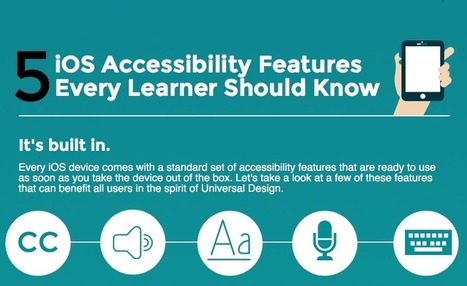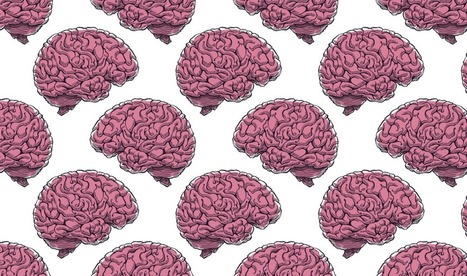On the occasion of Global Accessibility Awareness Day (GAAD) this week (May 19th), I created an infographic using Piktochart to highlight some of the iOS accessibility features that can benefit a wide range of diverse learners, not just those who have been labeled as having a disability. This post is an alternative representation for those who cannot…
Via Kathleen McClaskey



 Your new post is loading...
Your new post is loading...













Share this wonderful resource created by Luis Perez with educators everywhere!